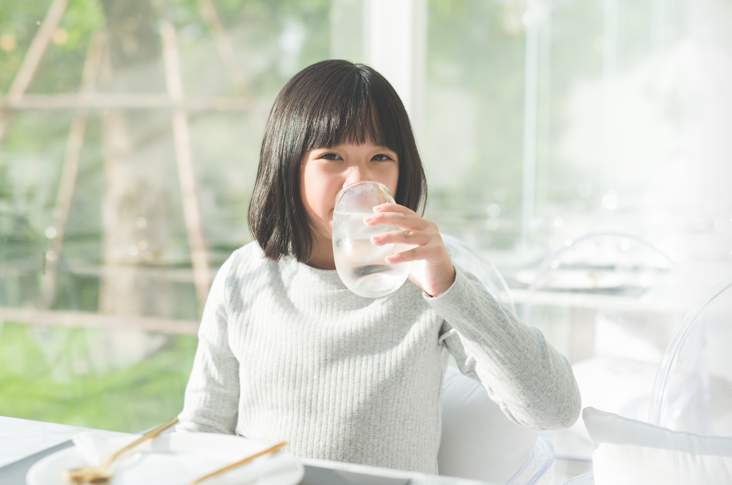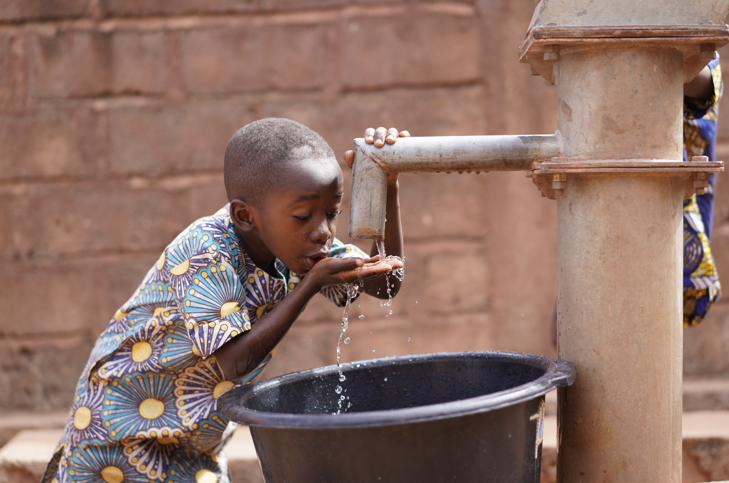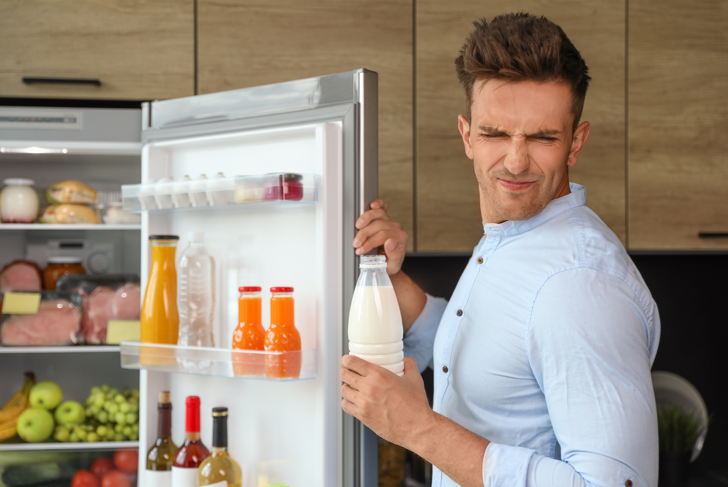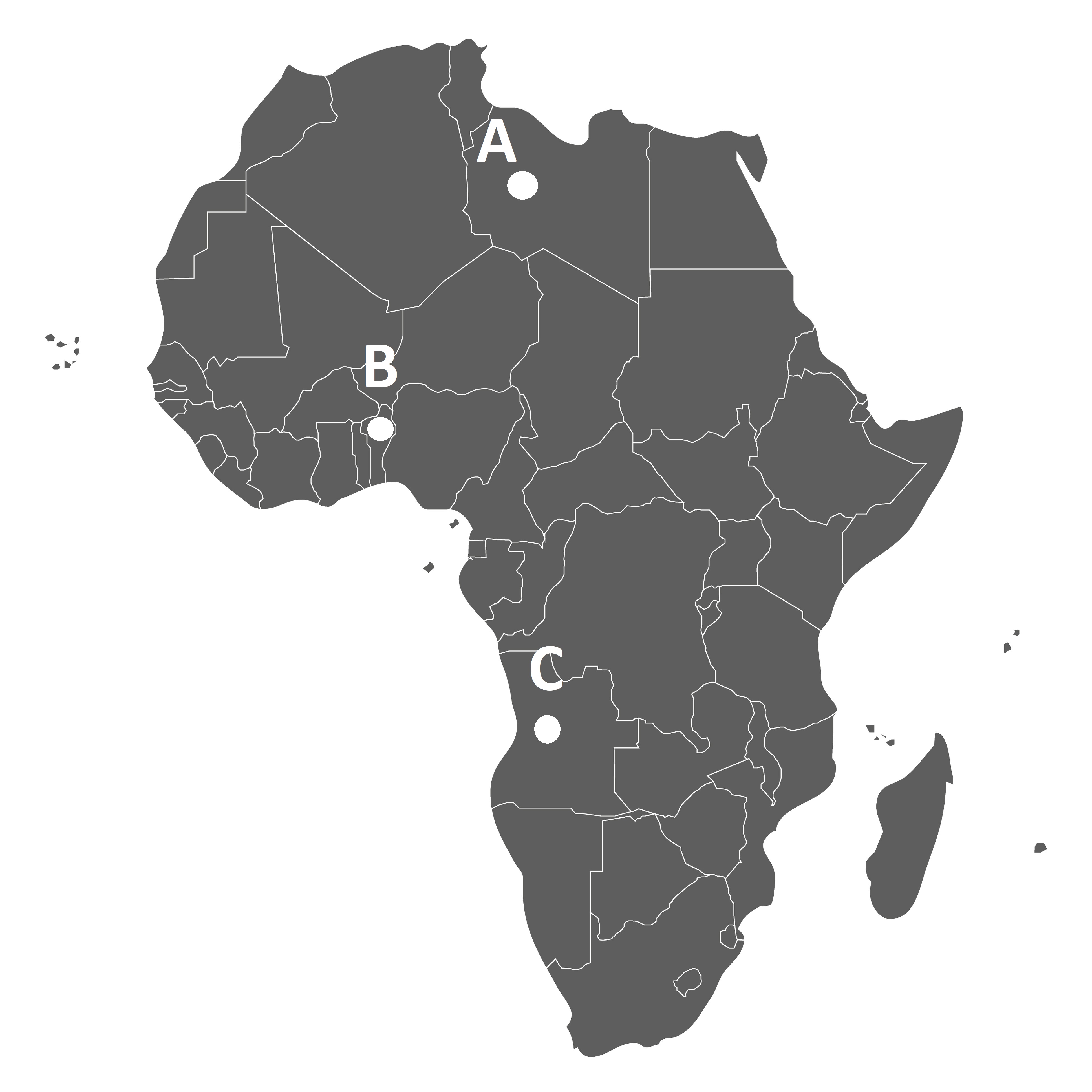
“Clean Water and Sanitation” is the topic of this unit.



Let’s get started.

Data shows that 49 countries still lack laws protecting women from domestic violence, whereas 15 million girls under the age of 18 get married every year.



| 1. | What are the 49 countries still lacking? |
| Answer: |


| 2. | Did you do your research on the sub textbook? Did you find the activity for gender inequality? Please tell me what you feel about it. |




In the next part, we are going to learn about “Clean Water and Sanitation”.
次のパートからは、「安全な水とトイレを世界中に」について学習を進めましょう。

| 1. | Where is the Republic of Benin? A, B or C? |
| The answer is _________. |



| 2. | What can you see in the pictures? Please describe as many as you can from each picture. |
 |
 |
| Answer: |






|
utility 公共事業の、公共料金
Utility bills in the town rise every year.
|

|
supply 供給
The water supply is becoming polluted with chemicals.
|

|
stale 新鮮でない
Stale water affects water consumption.
|

|
stranded 〔船が〕座礁した
Several cargoes are left stranded due to falling water levels.
|




| 1. | _____________ bills will rise as we rely on fuel imports from overseas. |
| 2. | The town needs a better water ___________. |
| 3. | _______________ water can cause illnesses. |
| 4. | _______________ cargoes on the sea can affect delivery services and the company’s reputation. |




Then, let’s move on to the next part.

This situation also reduces women’s opportunities for education and economic involvement. In 80 percent of households without access to water, women and girls are in charge of water collection. This means they won’t be able to work or go to school.




| 1. | What are the basic sanitation services? |
| Answer: |


| 2. | Why do women and girls not be able to work or go to school? |
| Answer: |


The cost of doing business is increasing. In Brazil, for example, the 2015 drought cost an extra $8 million including higher utility bills. According to Ecolab, a water treatment company based in the United States, 80 percent of the water used by corporations comes from their supply networks. Falling water levels can cause delays in shipping, leaving cargo stranded on the way to its destination.



| 1. | What is important to improve milk output? |
| Answer: |


| 2. | What impact will the drought have on businesses? |
| Answer: |




If you have any questions, please ask me.


| 1. | How do you save water at home? |
| Answer: |


| 2. | For example, after a big earthquake, what would you do if there were no restrooms around you? |
| Answer: |




